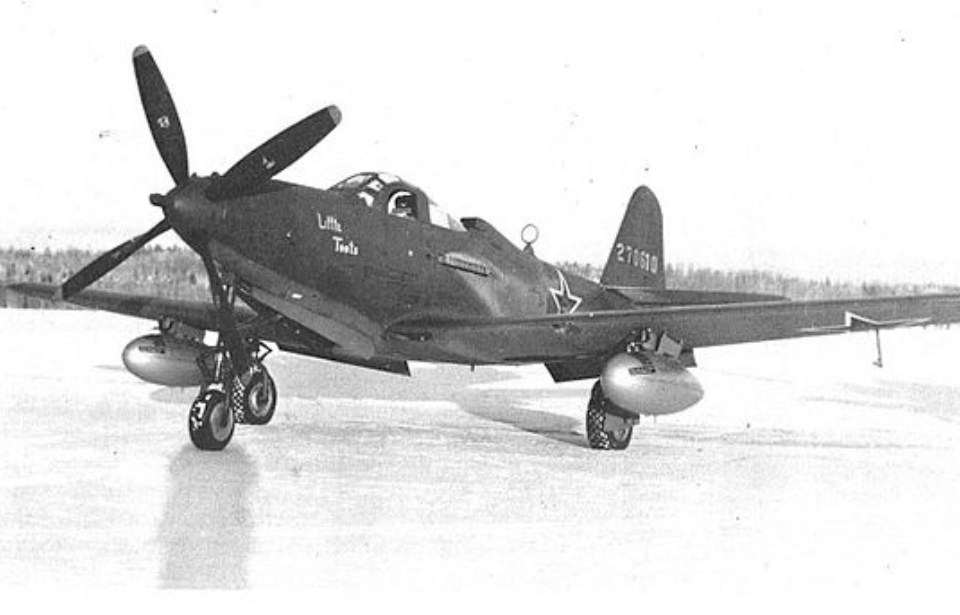The Second World War saw the development of several new aircraft, among them the Bell P-63 Kingcobra. Initially developed for use by America, it became a key component of the Soviet arsenal, seeing action along the Eastern Front and in the Far East. While its overall place in history is often overshadowed by the likes of the North American P-51 Mustang and the ilk, this fighter showed its potential when up against ground forces.
A need for a ground-attack version of the Bell P-39 Airacobra
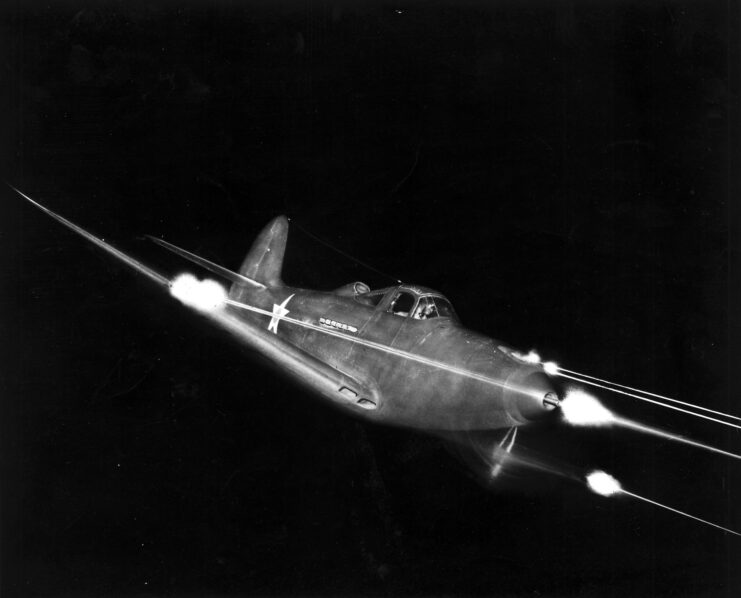
While the Bell P-39 Airacobra was an adequate interceptor, the US Army Air Forces (USAAF) desired a cheaper and larger aircraft to conduct ground attacks. The decision was made to develop experimental prototypes, designated the XP-39E. While there were several changes made to the P-39D’s design, the most notable were a switch to the Continental I-1430 power unit and redesigned wings. However, the former couldn’t be delivered in time, so the engine was switched to the Allison V-1710-47.
While the XP-39E proved to be faster than the P-39, reaching a maximum speed of 386 MPH at over 21,600 feet, the aircraft overall was deemed inferior in other areas. As such, the USAAF refused to order its production.
Developing the Bell P-63 Kingcobra
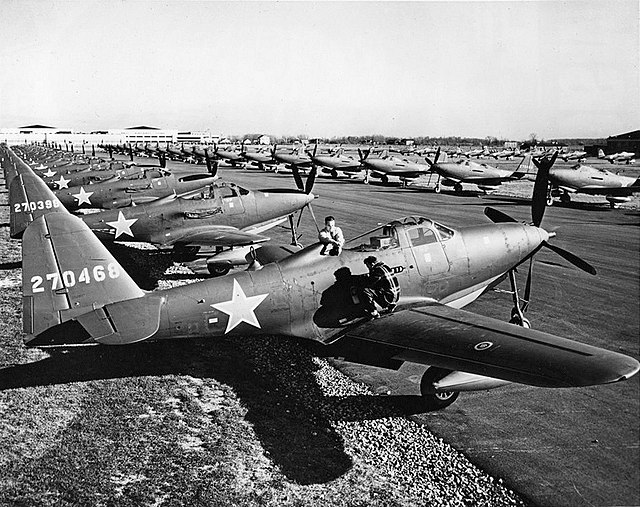
Despite the XP-39E’s issues, the US Army Air Forces still ordered Bell to produce a larger aircraft featuring the same basic design. It was given the designation XP-63, and it eventually turned into the P-63 Kingcobra.
To ensure success in the air, the XP-63 had a redesigned wing and an engine equipped with a remotely mounted supercharger. This allowed it to draw upon a secondary power source when flying at higher altitudes, ensuring the primary one didn’t become overloaded. On top of this, a larger four-bladed propeller was standardized, larger cowling panels were added for improved ground maintenance and the armament equipped by the Bell P-39Q Airacobra was adopted.
On the first anniversary of the Japanese attack on Pearl Harbor, the XP-63 took its first flight, with it being compared to the British Supermarine Spitfire. Deliveries began the following October, at a price tag of $48,000 per unit.
Bell P-63 Kingcobra specs
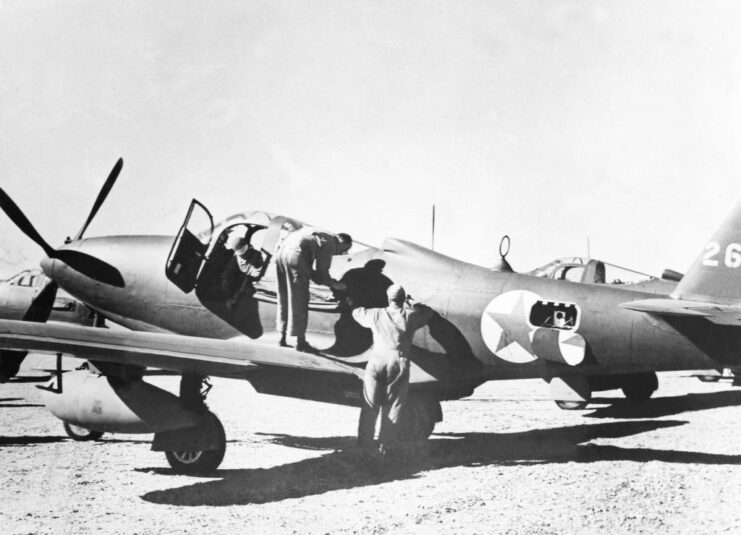
The P-63 Kingcobra was larger than its predecessor, with a length of nearly 33 feet and a wingspan of just over 12 and a half feet. All variants were powered by some form of Allison V-1710 liquid-cooled piston engine, which ran the four-blade propeller. This allowed the aircraft to reach a top speed of between 410-437 MPH, with a range of 450 miles when fully fueled.
While larger than the P-39 Airacobra, the P-63 still only had room in the cockpit for a single pilot, who sat in a glazed cockpit that was accessible via vehicle-like doors.
In terms of armament, the fighter was formidably armed. Its primary weapon was a 37 mm M4 cannon, which also saw action aboard PT boats, and it was also equipped with four M2 Browning machine guns, two of which were synchronized in the nose. The others were located in the wings.
An adequate low-altitude fighter for the Soviets
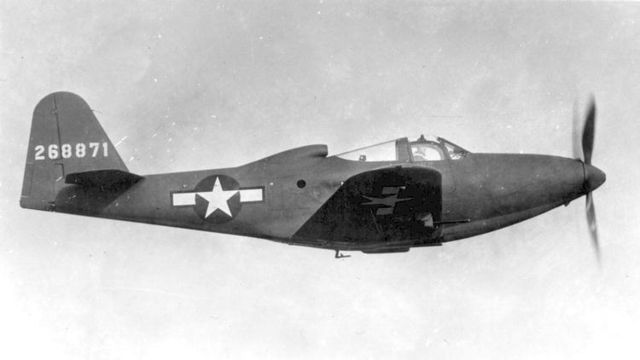
Despite ordering the aircraft, the US Army Air Forces decided against sending the P-63 Kingcobra to Europe for combat, as it was considered inferior to the P-51 Mustang. Instead, it was delivered to the Soviet Union via the Lend-Lease program, which also saw experts from the region playing a role in the fighter’s further development.
The P-63 was designed to excel at low altitudes, which made it the ideal aircraft for the Eastern Front, as most aerial battles took place at heights of less than 15,000 feet. This was perfect for launching ground attacks, with it referred to as a tank buster for its ability to disable enemy vehicles via its combination of low-level flight and precise firepower.
Under the agreement between the United States and the USSR, the Red Army wasn’t allowed to operate the P-63 in the west, with the Allies stipulating it must only be flown in the Far East, in case of an attack by the Japanese. That’s not to say, however, that it wasn’t used against the Germans. Unconfirmed reports from both sides say the fighter was used in combat against the Luftwaffe.
When the Soviets did eventually fight against the Japanese, the P-63 saw use as not just a ground-attack aircraft, but also as one tasked with conducting escort and close air support.
Post-war service of the Bell P-63 Kingcobra
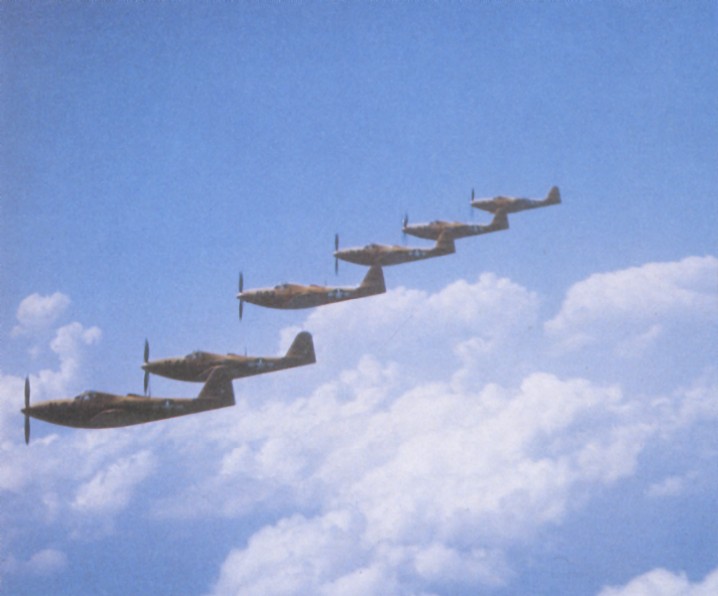
Following the conclusion of the Second World War, there were enough P-63 Kingcobras in the air for NATO to give the fighter the designation “Fred.” It continued to see active service with the Soviet Union for a while, with the military manning several when it launched the invasions of both Manchukuo and the northern regions of Korea.
Just after the war, the French Air Force was sent 114 P-63s, which were equipped during the First Indochina War, before being removed from service in 1951. Honduras also became a primary operator of the fighter for a time, and the United Kingdom got ahold of a few units to examine under the Royal Air Force’s research program, the Royal Aircraft Establishment (RAE).
Operation Pinball
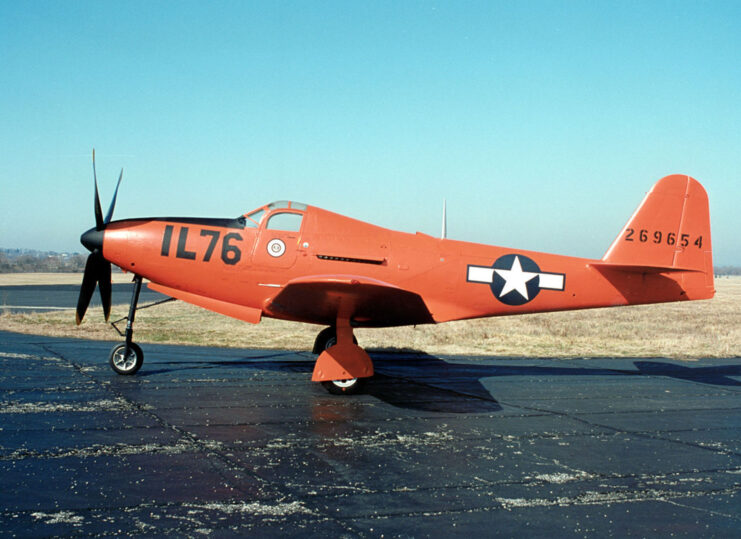
While the US Army Air Forces never utilized the P-63 Kingcobra in combat, the fighter was operated by the Americans – just in a different capacity. Outside of training, the aircraft became the center point of Operation Pinball, aimed at training those assigned as gunners to bombers like the Boeing B-17 Flying Fortress and North American B-25 Mitchell to aim at and hit moving targets.
This required the P-63 to get a bit of a facelift. Its fuselage and wings were painted bright orange, to make them more visible in the air, and the aircraft was covered in a ton of armored sheet metal. To allow the gunners to know if they’d hit their target, the fighter was given sensors, which would light up to indicate a strike from the unique .30-caliber plastic and lead frangible machine gun bullets.
Those aircraft recruited for this task were redesignated the RP-63.
Bell L-39
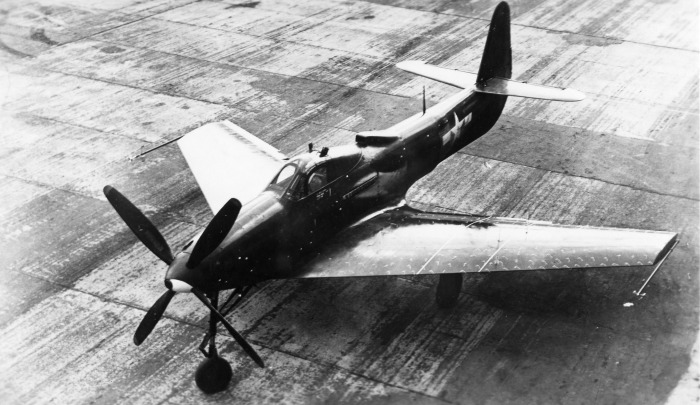
Following the Second World War, the US Navy contracted Bell to alter two P-63C Kingcobras to feature a high-speed wing design. The fighters received new 35-degree swept wings, featuring trailing edge flaps and adjustable leading edge slats. Another notable difference was that the wheel under the nose was the only one able to retract.
In April 1946, this new aircraft, dubbed the Bell L-39, underwent its first flight. This showed that improvements were needed – in particular, a change to its center of gravity. This resulted in the installation of the lighter three-blade propeller that was equipped by the P-39Q-10 Airacobra and the extension of the fuselage by four feet.
More from us: SR-72: Lockheed Martin’s Proposed Hypersonic Successor to the SR-71 Blackbird
Just a few months later, in August 1946, the Navy canceled the program, with the L-39 never seeing active service.
